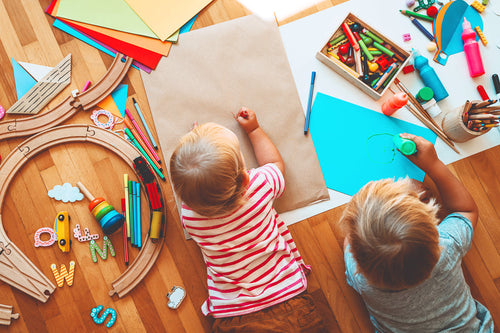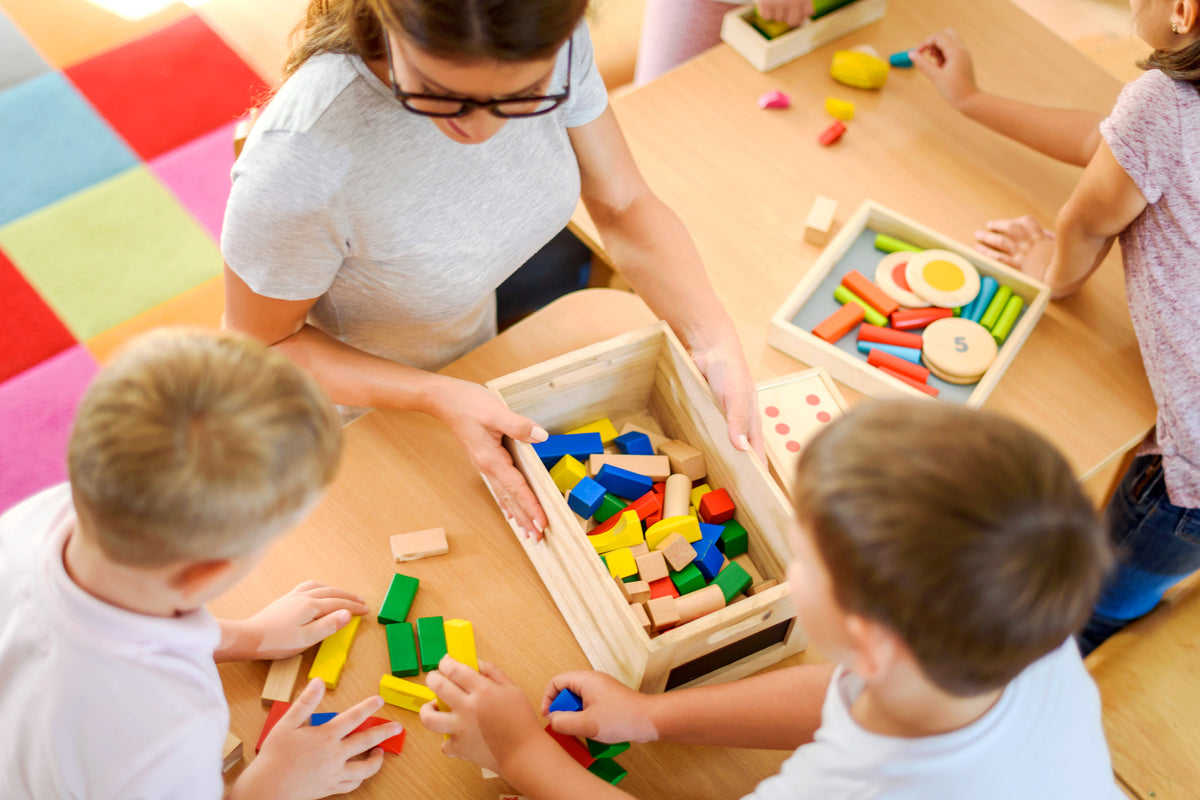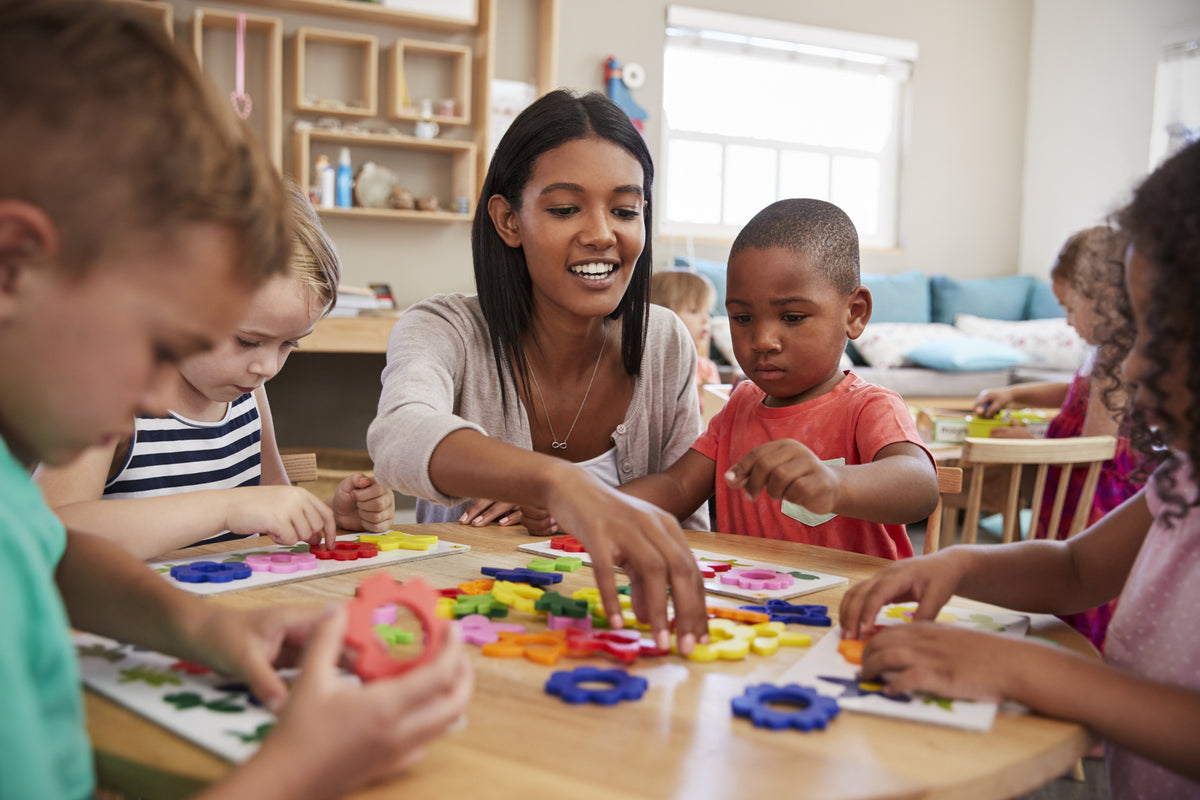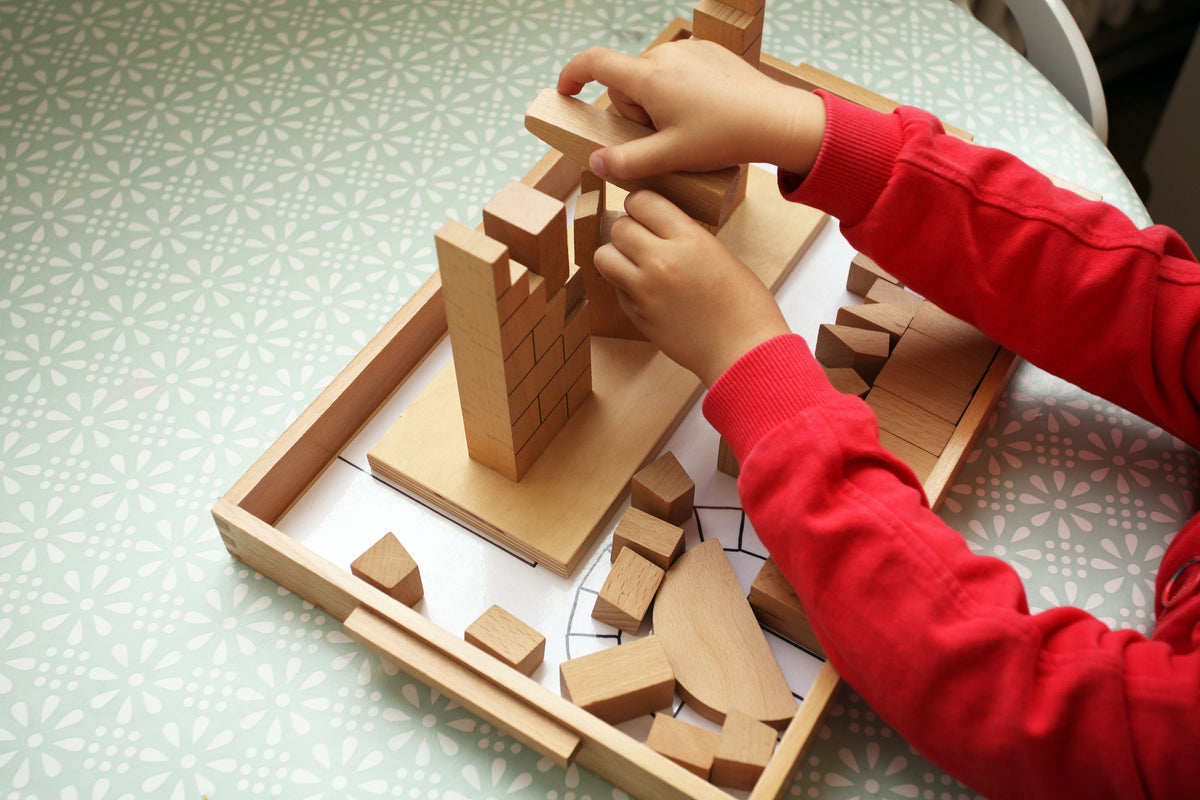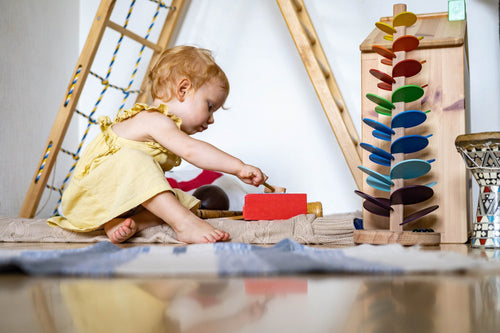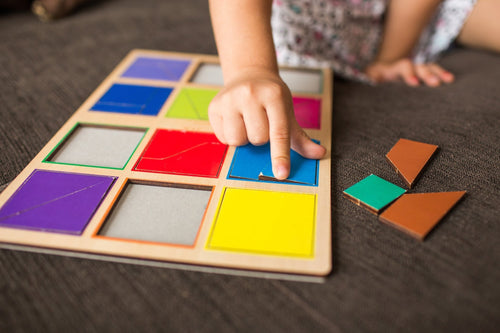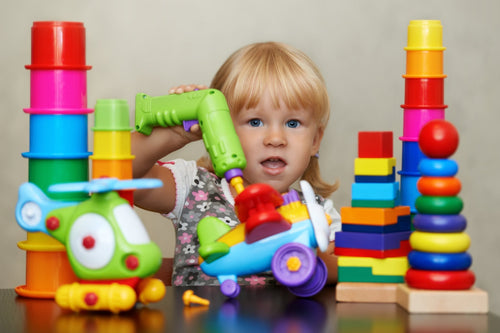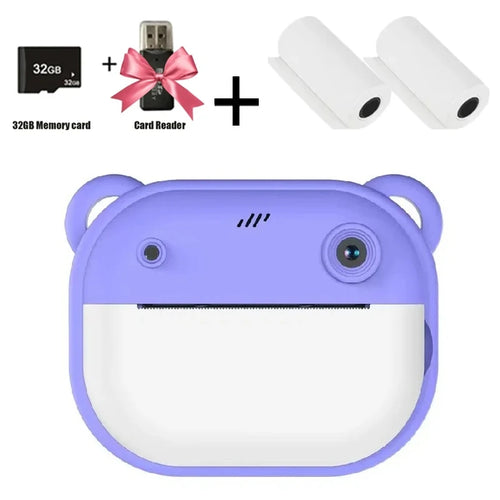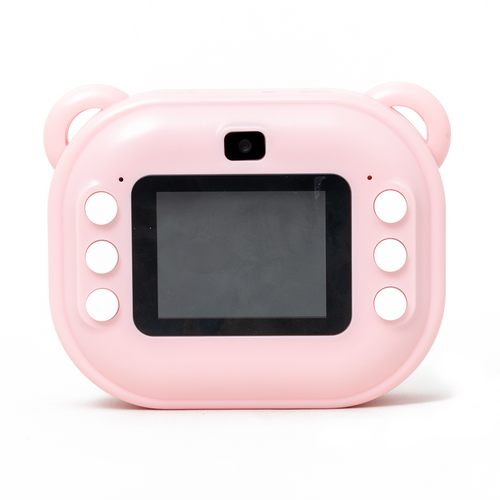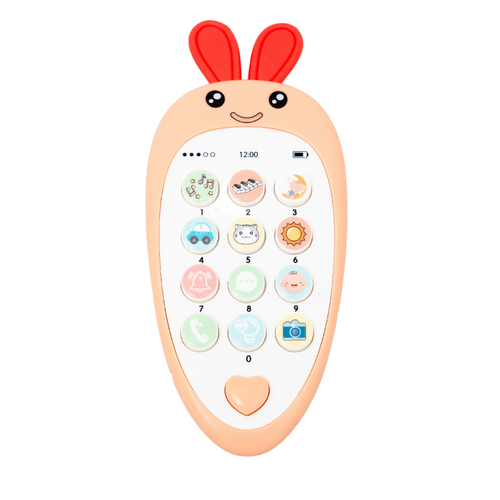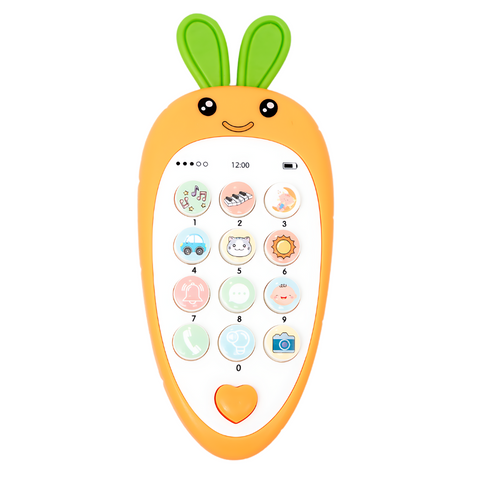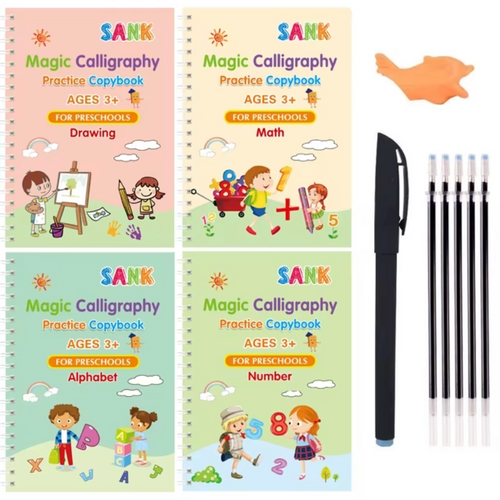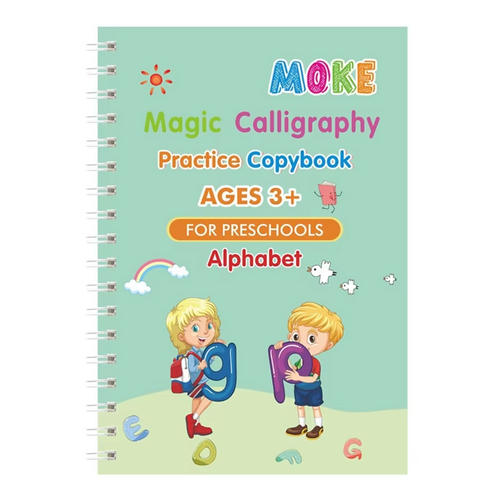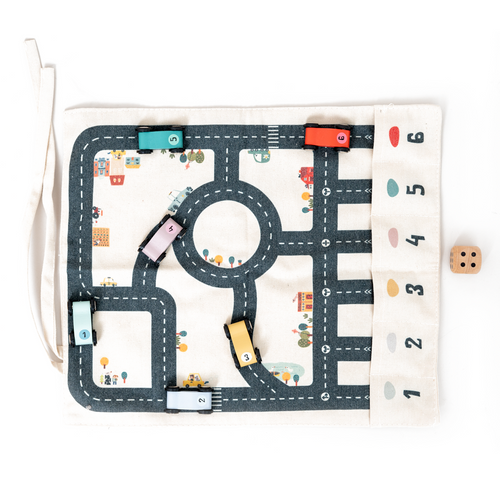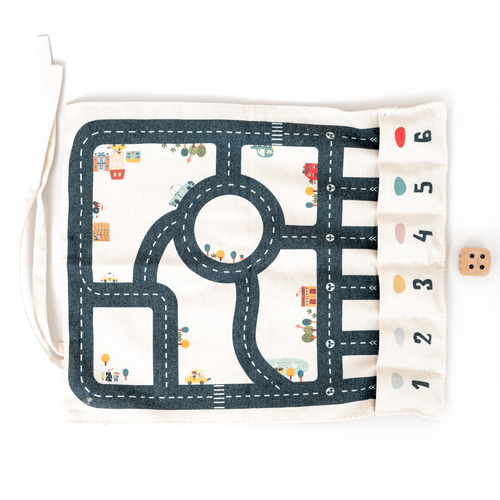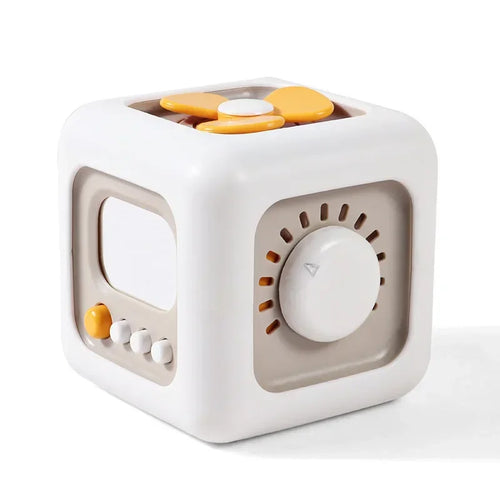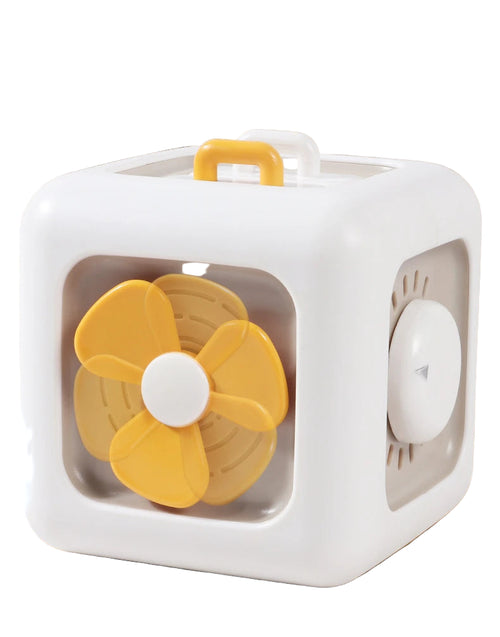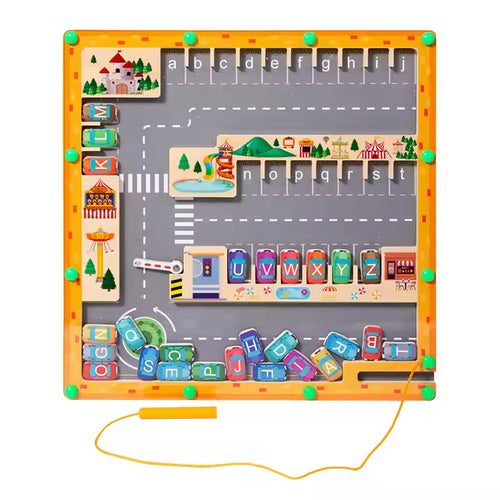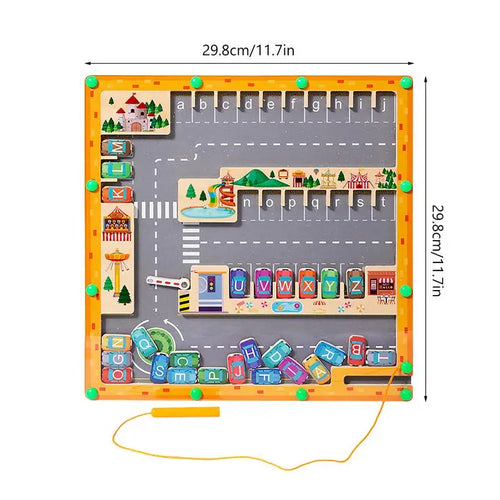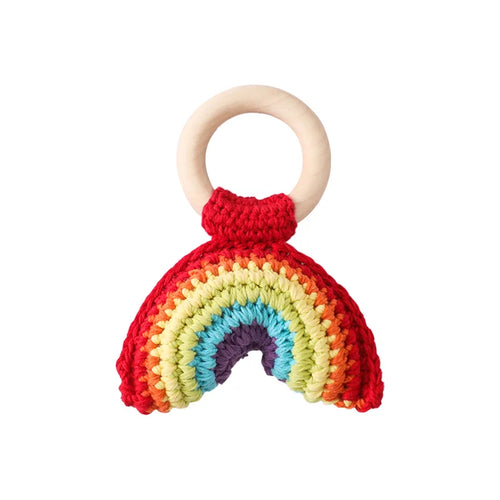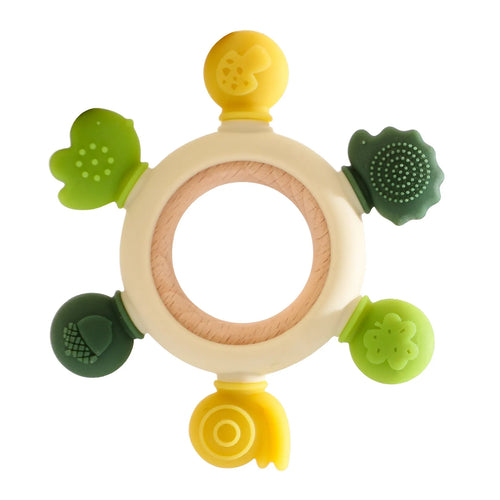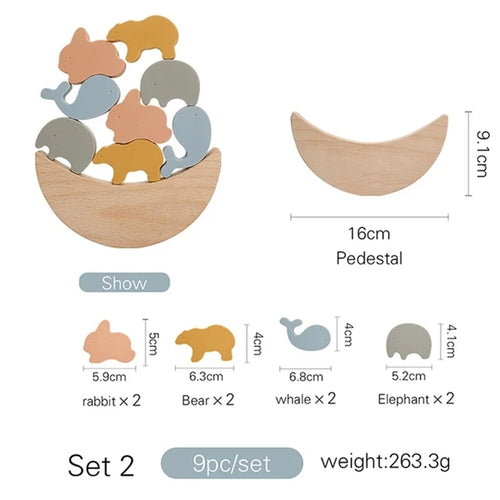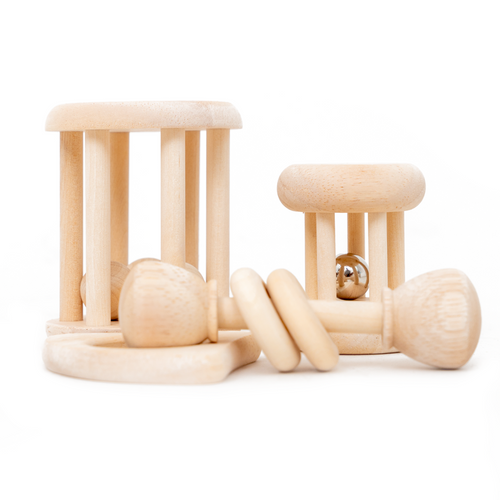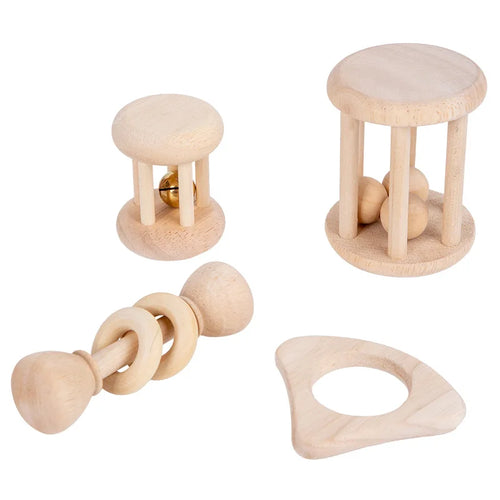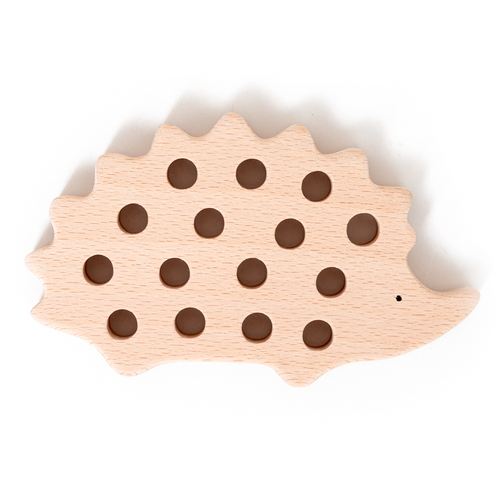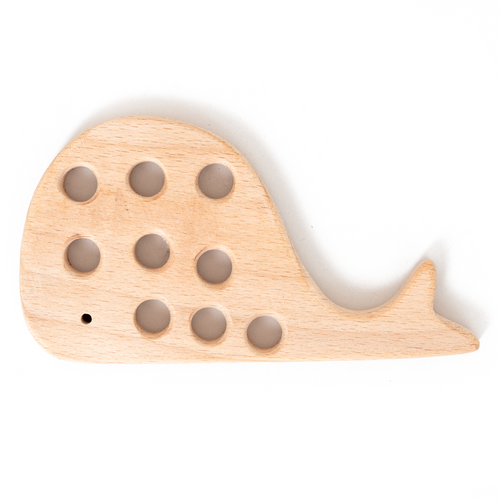
TinyLearns • Parent-first, expert-guided
Quick picks:
- Fine motor: coin-box posting, spoon and pour tray, tweezers transfer, lacing cards.
- Language: real-object baskets, object to picture matching, themed three-part cards, sound I-Spy.
- Problem-solving: pattern blocks, magnet maze, sequencing cards, balance scale and simple gears.
What is sensory play and why does it matter in child development?
Short answer: Sensory play is hands-on exploration that engages touch, sight, sound, smell, and movement in deliberate ways. In the first years, children learn by absorbing their environment, then repeating chosen actions until they master them. Simple, single-purpose activities create clear feedback loops that wire attention, language, and coordination. When a child repeats posting a coin or matching a texture, the brain strengthens the pathways for focus and control.
This is why a short but deeply repeated activity often teaches more than a long session with a busy, multi-feature toy.
- Attention: one task per tray reduces distraction and builds longer work cycles.
- Language: real objects and concrete words in context drive vocabulary that sticks.
- Coordination: predictable motions like scoop, pour, wipe, and post improve grip and wrist control.
How do Montessori toys encourage sensory exploration?
Short answer: Montessori design isolates one quality at a time, for example rough versus smooth, heavy versus light, loud versus soft. Materials are natural when possible, like wood, metal, glass, and cotton, so the hand feels real texture and temperature. Each activity includes a way for the child to check their own work, called control of error, which reduces the need for adult correction and grows independence. The environment does the teaching: a shelf with two to four clear options, child-sized tools, and a simple routine of take, work, and return to tray.
- Isolation of difficulty: one goal per tray keeps success criteria obvious.
- Real feedback: natural materials provide richer sensory input than plastic alone.
- Self-correction: pieces fit one way, sounds match in pairs, sizes grade from largest to smallest.
Which Montessori sensory toys are best by age group?
Short answer: Choose by what your child is already trying to do, then refine by age. Babies need big, graspable objects that move and make a single tone. Young toddlers want to post, open and close, and match. Older toddlers enjoy grading sizes and textures. Preschoolers start classifying, following steps, and planning a solution before they act.
| Age | Examples | Skills developed | How to present |
|---|---|---|---|
| 0 to 6 months | Munari mobile, high-contrast cards, single-tone rattle, floor mirror | Visual tracking, grasping, body awareness, calm alert states | Offer for short awake windows, one item at a time, soft light |
| 6 to 12 months | Interlocking discs, bell on ribbon, spinning drum, object permanence box | Hand to hand transfer, cause and effect, early memory, core stability | Place within reach on a mat, model once slowly, then observe |
| 12 to 24 months | Coin-box posting, texture basket, sound cylinders, simple pegging | Order, tactile language, auditory matching, wrist rotation | Two items per tray, short work cycles, clear cleanup routine |
| 2 to 3 years | Rough and smooth boards, knobbed cylinders, simple pouring sets | Tactile discrimination, size grading, bilateral coordination, focus | Show start to finish, then let the child repeat as long as they wish |
| 3 to 4 years | Mystery bags, color tablets, baric tablets, simple classification games | Memory, classification, balance, early social collaboration | Invite short challenges, store pieces neatly for easy reset |
Shop ideas: Montessori • Sensory • STEM.
Can sensory play help with social and emotional skills?
Short answer: Yes. Sensory activities make it easier for toddlers to be near each other without pressure. Children first play in parallel, side by side while doing similar work. Later they swap tools and talk about what they are doing, called associative play.
With practice and short adult scripts for turn taking, children begin to plan small tasks together, which is early cooperative play. Calm, predictable materials reduce conflict and create many small chances to read another person’s face and voice.
- Parallel: two children pour beans at separate trays on the same rug.
- Associative: they trade scoops and comment on the sounds.
- Cooperative: they agree to fill two jars to a marked line and compare results.
What are safe starter kits for sensory play at home?
Short answer: Build one tray for a single goal, keep the pieces in a small basket, and rotate weekly. The best kits match what your child already repeats during daily life.
- Baby kit, 3 to 9 months: Munari or Octahedron mobile, floor mirror, grasping ring, interlocking discs, single-tone rattle.
- Toddler kit, 12 to 30 months: object permanence box, coin-box posting, two sound cylinders for matching, rough and smooth board, small texture basket.
Optional add ons: small hand drum for rhythm, mini broom and tray for cleanup, picture cards that match real objects at home.
How can parents make sensory play safe and inclusive?
Short answer: Think prevention and fit. Use a small parts tester for choking checks, choose non-toxic finishes, and scale the difficulty so it is just right. For sensitive children, reduce noise and visual clutter and offer one sensory channel at a time. Keep floor play supervised and avoid propping children into positions they cannot reach alone.
- Choking: if it fits inside a toilet paper tube, wait until age three.
- Materials: prefer wood, cotton, metal, glass with water-based finishes when possible.
- Rotation: two to four trays on the shelf; store the rest to support order.
- Neurodiversity: tune the amount of input; use rhythm and heavy work when regulation helps.
How do I choose and rotate toys for one target skill?
Short answer: Observe for two to three days, notice what repeats, then pick one tray that mirrors the pattern. Keep the routine stable: take, work, return to tray. Rotate when the tray is mastered or ignored for several days.
Quick checklist for a strong tray
- Is there one clear goal, for example post, pour, match, trace.
- Are all parts on one tray to support independence.
- Is there a built-in way to check work without a prompt.
- Is the difficulty just right, not frustrating and not trivial.
Troubleshooting common issues
| If you notice | Try this |
|---|---|
| Toy hopping every 30 seconds | Reduce to two choices, add a small work rug, give one slow demo |
| Frustration and quick quitting | Use larger pieces, fewer steps, lighter materials, and scale up later |
| Mess after a work cycle | Teach return to tray, mark parking spots, keep a mini broom handy |
Helpful companion guide: How to Introduce Montessori at Home.
Do Montessori toys have to be wooden?
Short answer: No. Wood is common because it is durable and provides rich tactile feedback, but fabric and safe plastics can be purposeful when they keep the task clear. The test is not the material but the design. Does it isolate a skill, fit the hand, and support independence. If yes, it can belong on the shelf.
Deeper dive: What Makes Montessori Toys Different.
How do Montessori sensory toys compare to regular toys by skill?
| Skill | Montessori approach | Typical regular toy | Likely outcome |
|---|---|---|---|
| Fine motor | Posting, pouring, threading with one clear goal | Multi-feature electronic toy with lights and sounds | Longer focus and better technique versus novelty seeking |
| Language | Real objects and photos named in daily routines | Talking alphabet toy that prompts passively | Richer vocabulary in context versus passive exposure |
| Problem-solving | Open puzzles and mazes without instant auto-correct | Apps that give answers quickly | Active planning and checking versus passive feedback |
Which TinyLearns guides should I read next?
- What Are Sensory Toys
- What Are Educational Toys
- What Are Fidget Toys Used For
- What Are STEM Learning Toys
- Montessori vs Waldorf
FAQ about Montessori sensory play
How many toys should be out if we are targeting one skill
Two to four. One tray per skill keeps the goal clear. Rotate when your child masters it or ignores it for several days.
What is the best first fine motor tray
Coin-box posting or a spoon and pour tray. Both are short, repeatable, and easy to scale up by making parts smaller later.
How can I grow language without screens
Use real-object baskets and themed non-fiction books. Speak in clear, concrete phrases during daily routines.
Are puzzles Montessori
Many are. Choose puzzles that isolate one idea, like shapes or animal types, with pieces that fit snugly for self-correction.
How do I make this affordable
Repurpose household items. Two cups and beans for pouring, a shoebox slot for posting, and sock or fabric matching. Add durable pieces over time.
Sources and further reading
- Simone Davies and Junnifa Uzodike, The Montessori Baby and The Montessori Child.
- American Academy of Pediatrics – Toy Safety Tips
- AAP HealthyChildren – Ages and Stages
- AMI – What is Montessori Education
- “Parallel, Associative, and Cooperative Play: Building Toddlers’ Social Skills,” research overview.

